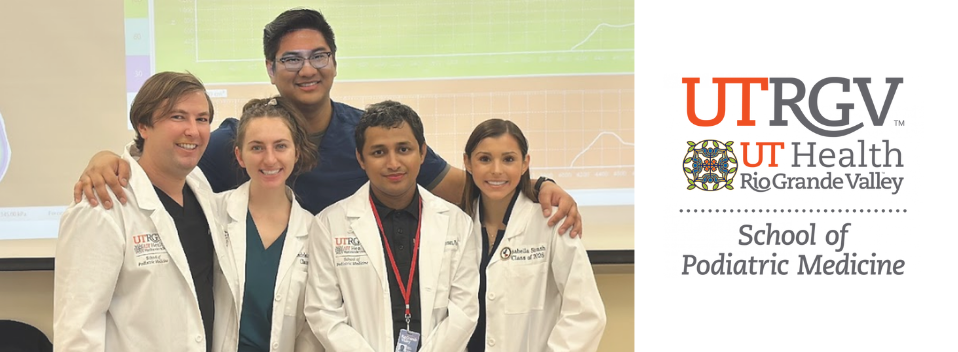
School of Podiatric Medicine Publications and Presentations
Effects of glass–ceramic produced by the sol–gel route in macrophages recruitment and polarization into bone tissue regeneration
Document Type
Article
Publication Date
1-2024
Abstract
Effective bone substitute biomaterials remain an important challenge in patients with large bone defects. Glass ceramics produced by different synthesis routes may result in changes in the material physicochemical properties and consequently affect the success or failure of the bone healing response. To investigate the differences in the orchestration of the inflammatory and healing process in bone grafting and repair using different glass–ceramic routes production. Thirty male Wistar rats underwent surgical unilateral parietal defects filled with silicate glass–ceramic produced by distinct routes: BS – particulate glass–ceramic produced via the fusion/solidification route, and BG – particulate glass–ceramic produced via the sol–gel route. After 7, 14, and 21 days from biomaterial grafting, parietal bones were removed to be analyzed under H&E and Massons' Trichome staining, and immunohistochemistry for CD206, iNOS, and TGF-β. Our findings demonstrated that the density of lymphocytes and plasma cells was significantly higher in the BS group at 45, and 7 days compared to the BG group, respectively. Furthermore, a significant increase of foreign body giant cells (FBGCs) in the BG group at day 7, compared to BS was found, demonstrating early efficient recruitment of FBGCs against sol–gel-derived glass–ceramic particulate (BS group). According to macrophage profiles, CD206+ macrophages enhanced at the final periods of both groups, being significantly higher at 45 days of BS compared to the BG group. On the other hand, the density of transformation growth factor beta (TGF-β) positive cells on 21 days were the highest in BG, and the lowest in the BS group, demonstrating a differential synergy among groups. Noteworthy, TGF-β+ cells were significantly higher at 21 days of BG compared to the BS group. Glass–ceramic biomaterials can act differently in the biological process of bone remodeling due to their route production, being the sol–gel route more efficient to activate M2 macrophages and specific FBGCs compared to the traditional route. Altogether, these features lead to a better understanding of the effectiveness of inflammatory response for biomaterial degradation and provide new insights for further preclinical and clinical studies involved in bone healing.
Recommended Citation
da Silva, R. B. P., Biguetti, C. C., Munerato, M. S., Siqueira, R. L., Zanotto, E. D., Kudo, G. H. A., ... & Matsumoto, M. A. (2024). Effects of glass–ceramic produced by the sol–gel route in macrophages recruitment and polarization into bone tissue regeneration. Journal of Biomedical Materials Research Part B: Applied Biomaterials, 112(1), e35340. https://doi.org/10.1002/jbm.b.35340
Publication Title
Journal of Biomedical Materials Research Part B: Applied Biomaterials
Academic Level
faculty
DOI
10.1002/jbm.b.35340


Comments
© 2023 Wiley Periodicals LLC.
https://onlinelibrary.wiley.com/share/UBJU6ECCT88YXVYNF86E?target=10.1002/jbm.b.35340